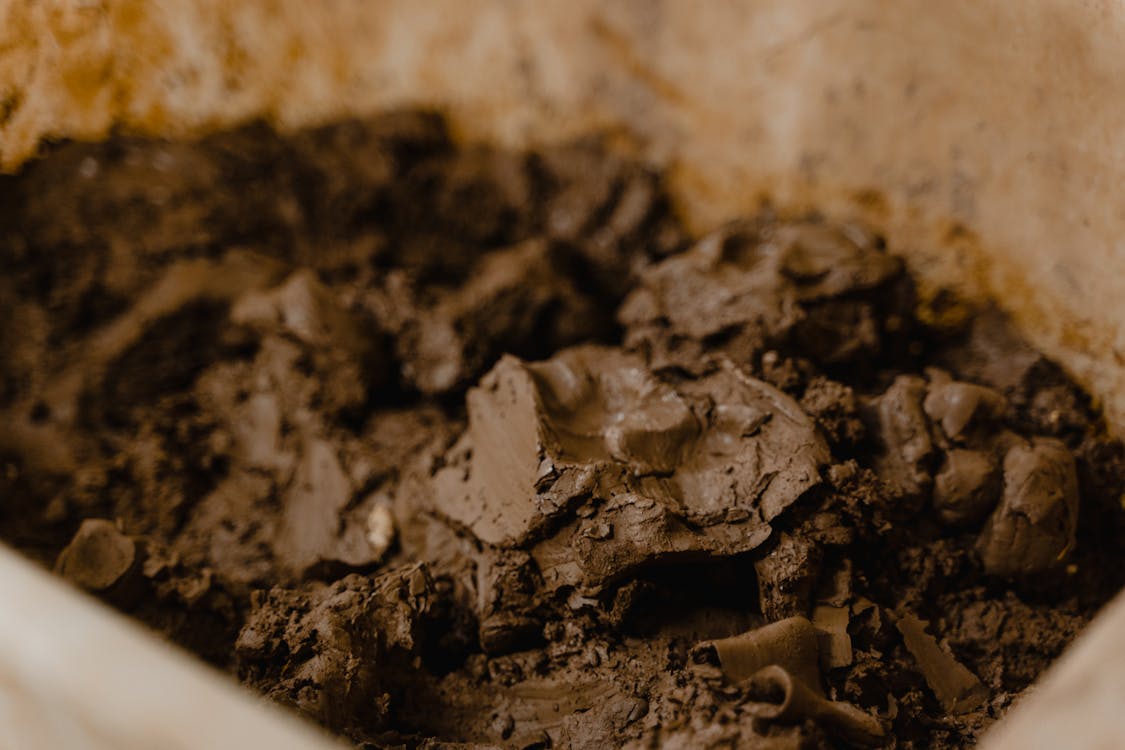Modern drilling processes come with several steps and components that continue to be used by various industrial applications. One of them is mud logging, including onshore and offshore mud logging. Whether you like to stay updated with the oil and gas industries near you or are looking for better ways to participate in them, there’s a high chance you may have heard of the term “mud logging” whenever you’re browsing through relevant resources.
It’s because mud logging has been an integral procedure for drilling mechanisms for more than 50 years. The significance of mud loggers and the use of advanced technologies for mud logging have gained substantial popularity in the past few years.
Primarily known as the method of drilling surfaces to determine the accurate existence or absence of salt water, oil, and gas, mud logging continues to be the go-to process for drillers looking to test drilling fluids and understand the depth of origins.
The need for offshore mud logging modules increased over time when companies began looking to protect mud loggers and employ efficient mud logging equipment and supplies to safeguard them from harsh working conditions at the shores.
Here’s everything you should know about what mud logging entails, the significance of offshore mud logging modules, and what they should include.
What Is Mud Logging
Before moving on to offshore mud logging processes, it’s first crucial to understand what mud logging means, what the process involves, and why it’s important. Mud logging was introduced nearly 80 years ago, in the early 1940s. Ever since its introduction, the mud logging basics have always been the same despite the advancement in mud logging equipment and supplies.
The mud-logging procedure involves the effective use of pressurized mud pumps to simplify the task of inserting mud and other similar drilling fluids down the drilling holes. The insertion of mud through this drilling practice ultimately allows the gas, oil, and saltwater present underneath to flow up on the surface after grinding a hole in the ground.
Mud logging is a repetitive process where the mud being logged is first tested and screened for cuttings and is then placed back into the earth before the mud logging procedure is repeated after a specific period.
The Functions of Mud Logging
The onshore and offshore mud logging processes are both primary tasks among drillers looking to monitor and gain substantial information about the mud before they begin the drilling process. Thanks to mud logging and its ability to give high amounts of data, oil, and gas companies are better equipped to measure gases, understand mud-flow rates, determine drill rates, and identify the depth and overall pressure of drilling fluids.
The application of materials and solvents like hydrocarbons on these logs allows drillers to determine the oil gravity of a rock and measure gases accordingly.

The Meaning of Offshore Mud Logging
Offshore mud logging practices are common among drillers who are assigned to undergo the mud logging process at some distance from the shores at sea. This requires extra care, attention, and protection against the harsh sea conditions and must involve a stringent module that’ll help the drillers remain compliant throughout the mud logging process.
There’s no doubt that offshore mud logging is a lot different than how it’s done onshore. While the duties and the use of mud logging equipment remain the same in both practices, offshore mud logging mandates the use of a module instead of a trailer that mud loggers use when working and drilling on land.

What Should an Offshore Mud Logging Module Include?
The need for an offshore mud logging module comes from the requirement to meet the stringent demands of drilling at sea. The first thing your offshore module will need is certification from regulatory bodies, depending on where you’re working.
Some of the common approval authorities you’ll need certification from include the International Convention for the Safety of Life at Sea (SOLAS) and the American Bureau of Shipping (ABS). You can easily determine this once you’ve identified the sea location along the nature of your offshore mud logging installation.
You can either place your mud logging modules on deck or in spots that might be extremely hazardous in well locations. Remember that you might need to comply with more safety regulations when choosing extremely hazardous places for your offshore mud logging modules.
Check Out Our Mud Logging Equipment for Sale Today!
Running a smooth offshore mud-logging operation typically relies on the right mud-logging equipment. This means your offshore mud logging equipment should have the properties and design to cater to the demanding atmosphere of working at sea. At CNPS, we offer a complete line of mud-logging equipment and supplies for sale that you can use to seamlessly undergo the off-shore mud-logging procedure. Contact us to learn more today!


